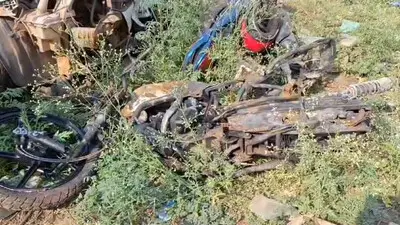Recommended Stories
Washington: US researchers have found a way to make jet fuel from a common black fungus found in decaying leaves, soil and rotting fruit.
The process could lead to economically viable production of aviation biofuels in the next five years, the researchers said.
"It is very promising," said lead researcher Birgitte Ahring, professor at Washington State University, Tri-Cities Campus.
"I think that the fungus-based fuels are something that is going to happen. It is a tremendous opportunity," she noted.
The researchers used Aspergillus carbonarius ITEM 5010 to create hydrocarbons, the chief component of petroleum, similar to those in aviation fuels.
The fungus produced the most hydrocarbons on a diet of oatmeal but also created them by eating wheat straw or the non-edible leftovers from corn production.
Ahring's group has previously been successful in using standard Aspergillus fungi to produce enzymes and other useful products, so they decided to look into A. carbonarius ITEM 5010's potential for biofuels.
The researchers were assisted by Kenneth Bruno, a researcher at the US Department of Energy's Pacific Northwest National Laboratory, who developed a method essential for the genetic manipulation of A. carbonarius.
Ahring suspects the fungi produce hydrocarbons, large compounds that are costly for the organism to produce, as a protective mechanism.
The research showed that fungi react to bacterial attacks by increasing their hydrocarbon production.
The researchers are now working to optimise the fungi's hydrocarbon production and improve biochemical pathways through genetic engineering.
They have obtained mutants with a higher production level and are working on improving these strains by using gene coding for specific hydrocarbons out of blue green bacteria and algae.
The findings appeared in the journal Fungal Biology.












